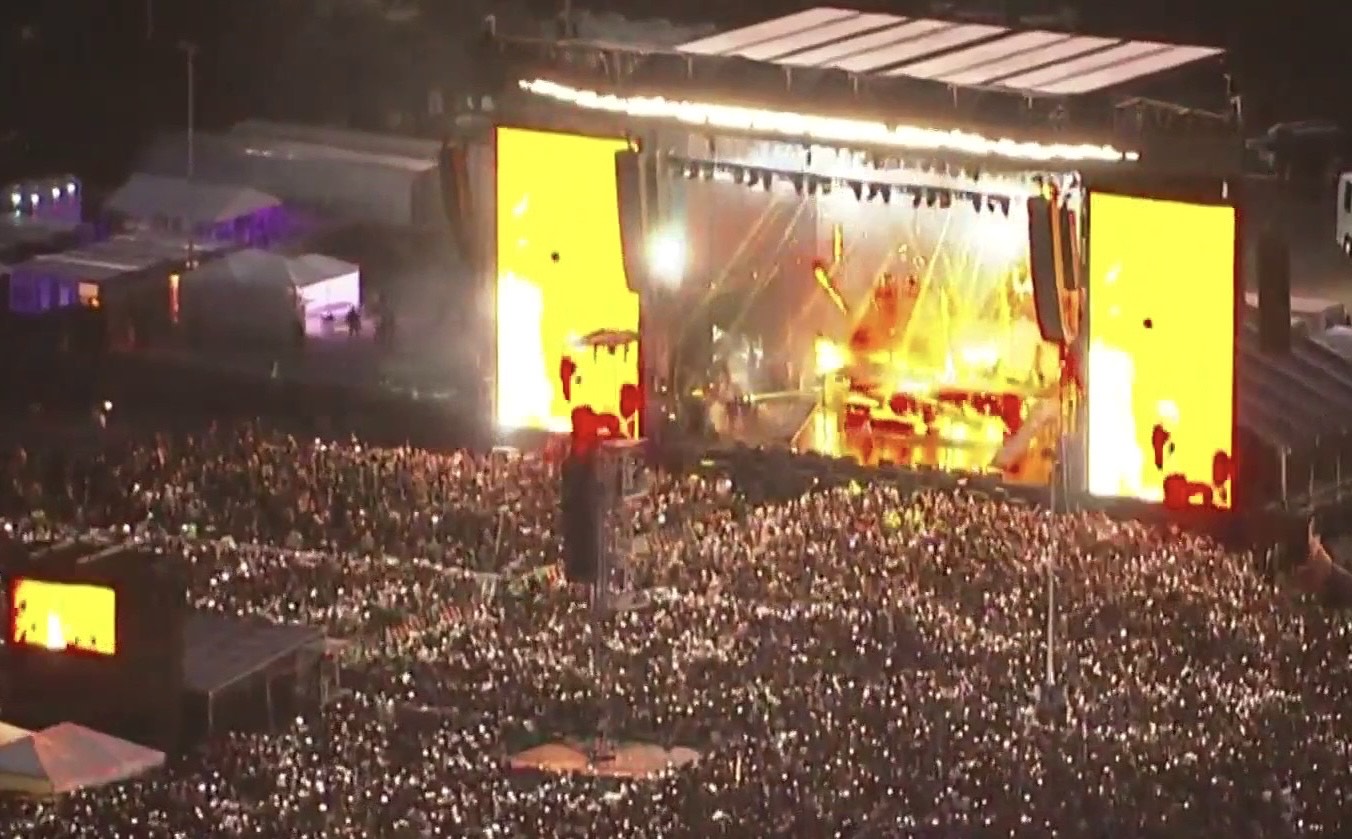APS Faculty Receive $20,000 UNC Idea Grant to Study Crowd Safety Measures
Researchers in the Department of Applied Physical Sciences have received a $20,000 UNC Idea Seed Grant to investigate methods for disrupting deadly panics in large gatherings based on their understanding of collective behavior.
“Are there ways we can model interventions for panic situations?,” said Associate Professor Daphne Klotsa. “Could we put up an obstacle or use robots to force people to split into groups? Could we manipulate behavior through the use of drones? That’s what we’re going to think about in this project.”
Klotsa and Assistant Professor Ehssan Nazockdast will use computer simulations to develop intervening agents, such as mobile phone alerts or physical robots, to predict when crowd density or behavior exceeds certain thresholds and becomes dangerous. For example, robots or drones might be sent to specific locations to disrupt—or prevent—an increase in crowd density, while phone notifications could disperse a crowd and prevent its density from dangerously increasing.
“We will consider the composition of crowds, the speed at which they’re moving and types of people and venues, among many variables in determining how to herd crowds in a safe manner and direction,” said Klotsa. “Physical, immobile barriers, like barricades, are outdated for controlling crowds, and a systematic method for evacuation doesn’t exist.”
Klotsa said one of the main problems in current evacuation methods is that everyone goes to the same exit too quickly, but robots could help hinder this behavior. “Before reaching this critical point and inducing panic, phone notifications could be deployed to inform individuals where to go,” she said. “Scientific models can help us divert potential disasters by predicting how far in advance to send notifications to direct people to safety in a timely manner.”
The project is informed by Klotsa’s ongoing line of research into active matter, which is the study of self-propelled particles or organisms that can move independently and demonstrate collective behavior. Collective behavior in active particles, such as bacteria and nanoparticles, can model patterns in flocks of birds, schools of fish and, perhaps most important, in crowds of people.
“Natural organisms typically benefit from demonstrating collective behavior in patterns. For instance, ants spontaneously form rafts and bridges if their colony floods,” said Klotsa. “Also, fish schooling is an evolutionary mechanism that allows individual fish to appear bigger to predators. Our research strives to develop general models for this behavior in active matter to overcome real-world engineering obstacles on a larger scale.”
The UNC Idea Seed Grant project on crowd behavior, she said, could reveal insights on other systems, including traffic flow, urban design and financial markets, which involve interacting parts. “If we can leverage technology to safely control the physical behavior of the human agents, we might be able to save lives.”

APS professors Daphne Klotsa and Ehssan Nazockdast will investigate methods for disrupting deadly panics in large gatherings based on their understanding of collective behavior. Above, 10 people died from compression asphyxia during a massive crowd surge at the Astroworld Festival in 2021.

